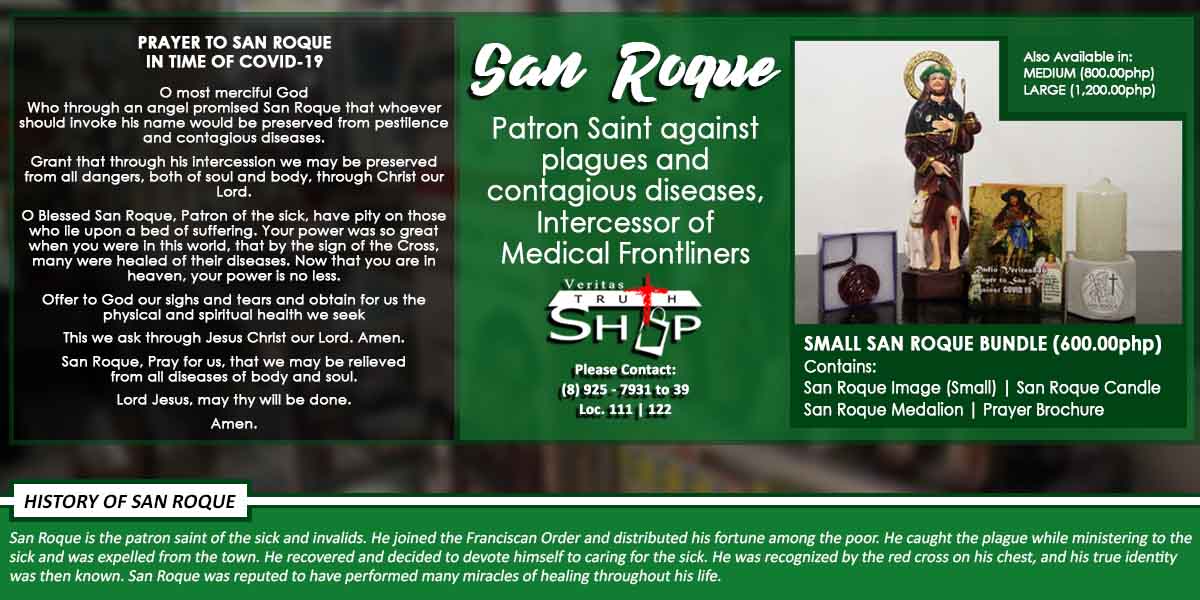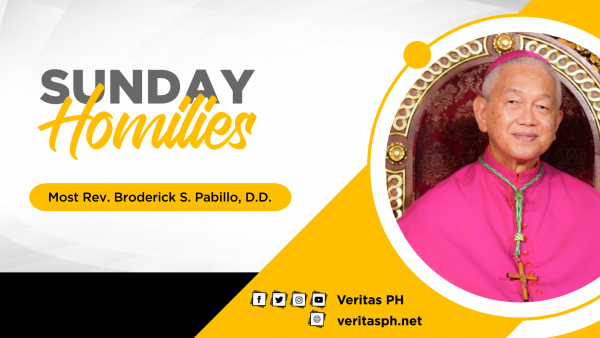226 total views
The Eucharistic tradition in the church is one of the oldest and most well documented beliefs. By the year 50 AD it was fixed in the life of the church and the death of Jesus was being memorialized. Thus 1 Cor 11:23-25 is considered the earliest version of the Eucharistic formula in the New Testament, (cf Mt 26: 26-29; Mk 14: 22-25; Lk 22:17-20). Multiple NT witnesses, as diverse they may be, all coverage around this central belief.
The symbolism of bread comes to the fore in today’s (Year C) liturgy. The word ‘ artos ‘ ( ἄρτος ) in NT shares the different levels of meaning as in the OT. Besides the literal references to bread as food, it took a profound theological significance when Jesus claims to be the ‘bread of life’, (cf John 6:31f), as God’s provision from heaven to meet humankind’s deepest spiritual need for reconciliation with God and intimate fellowship with him and his further claim that he fulfills the spiritual significance of the manna given by his Father to the Israelites (vv48-51). And in the breaking of the bread of the Passover meal with his disciples, it prefigures his broken body that hung on the cross, signifying his agony and suffering that brought life and salvation to mankind and partaking of it symbolizes the unity of Christians in one bread and one body, (cf 1 Cor 10:16ff, 11:23ff).
In the Lucan narrative of the multiplication of the loaves (9:11-17), the Eucharistic motif is strongly imprinted. Although there is mention of both loaves and fish, it is the bread that is, predominant even to the collection of the “fragments”, klasmata, (κλασμάτα) v17. This term became the technical expression for the Eucharistic bread. Thus the “breaking of the bread” is used before it is referred to as the Eucharist, (cf Acts 2:46). The action of Jesus in ‘taking, blessing, breaking, and giving’ (v16), reproduces the almost exactly the last supper formula (22:19), and the Emmaus meal (24:230). In the church Jesus continues to feed and nourish his followers through the ministry of the apostles (it was the apostles who distributed them, v16), and eventually their successors in the sacramental celebration of his saving death.
As we celebrate the Body and Blood of Christ, the wonderful sacrament he left us as a memorial of his passion, let us continue to receive him worthily that we may experience the fruits of his redemption and be nourished by the bread that gives eternal life. And may we become ‘blessed fragments (of bread)’ to others as we offer our selves to them in service and in love. Amen.

















